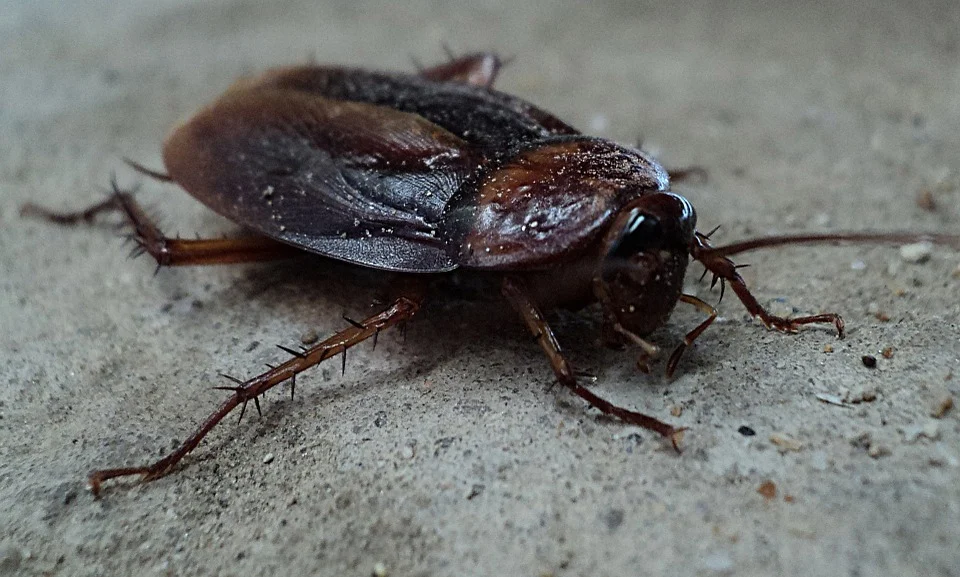According to a recent study, scientists have devised a CRISPR-Cas9 technique to allow for gene editing in insects.
“Direct parental” CRISPR is a straightforward and effective procedure that includes injecting substances into female adults whose eggs are growing rather than directly into embryos.
Scientists who study insects no longer have to put up with the tedium of egg injections. Bug genomes may now be edited more easily and at will. Upwards of 90% of all species of insects should be able to benefit from this technique.
Several species of insects are restricted in their use of gene editing techniques because of the need for microinjection of components into embryos at a beginning stage. Cockroaches, for instance, have not been successfully genetically manipulated in the past because of their unusual sexual organs. As a result, gene editing in insects frequently needs costly equipment, customized experimentation setups for each organism, and highly-trained laboratory staff.
Two evolutionary dissimilar species have successfully used DIPA-CRISPR, demonstrating its promise for widespread adoption. However, not all insect species, such as fruit flies, can benefit from this strategy. Additional research shows that the phase of adult females injected is essential to the experiment’s effectiveness. Consequently, DIPA-CRISPR demands a thorough understanding of ovarian development. Because insects have such a wide range of life cycles and breeding techniques, this may be difficult in certain species.
With these caveats in mind, it is nevertheless possible to use DIPA-CRISPR in the laboratory, allowing for the implementation of genetic manipulation to an even broader array than previously thought possible in the field of insects. Injecting adults just only a few simple pieces of medical equipment.
Humans may be ready to allow genetic editing in nearly all of the well over 1.5 million varieties of bugs by enhancing the DIPA-CRISPR approach and rendering it even more effective and adaptable, setting up a tomorrow in which we could properly harness the incredible bio capabilities of insects.












Leave a Reply